Getting a custom kitchen is a big decision, and it’s an investment in your home. It’s about more than just picking a color; it’s about creating a functional, beautiful space that reflects your lifestyle. Before you start your project, here’s a breakdown of what you need to know.
The material you choose for your cabinets impacts everything from their durability to their final look.
Particleboard / Melamine-Faced Chipboard (MFC): Made from wood chips and resin, this is a popular and cost-effective option. It offers a huge range of finishes and is highly stable, making it great for cabinet boxes. Look for high-quality brands to ensure durability.
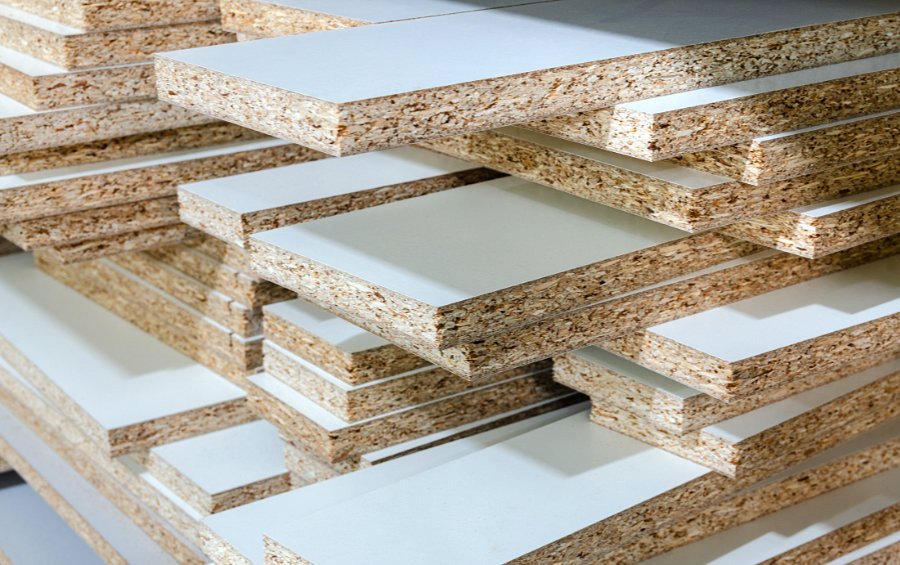
MDF (Medium-Density Fiberboard):
A dense and strong engineered wood made from wood fibers. Its smooth surface makes it perfect for painted or wrapped finishes, and it’s highly versatile for creating different door styles.
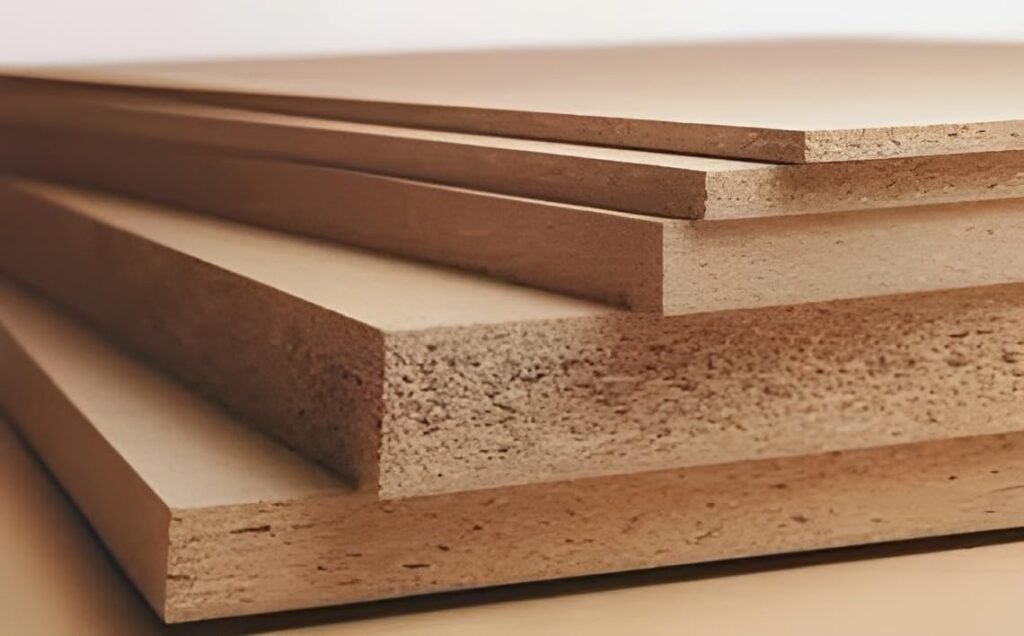
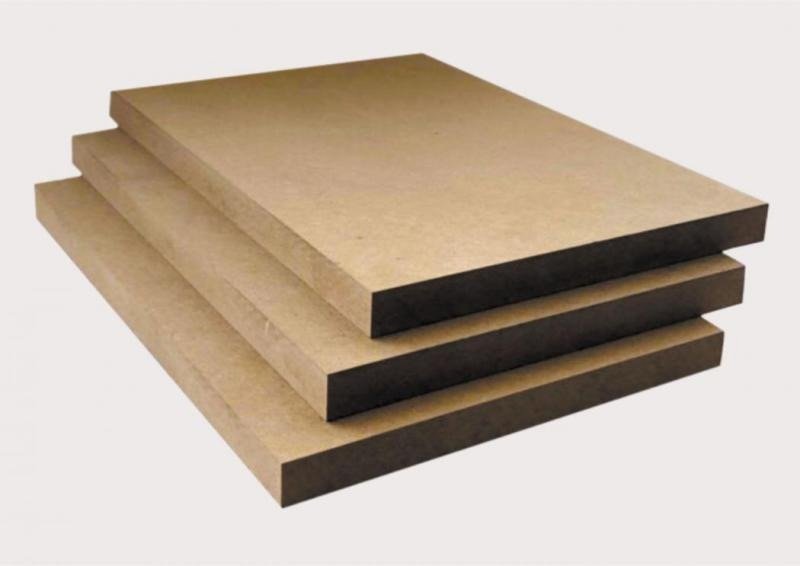
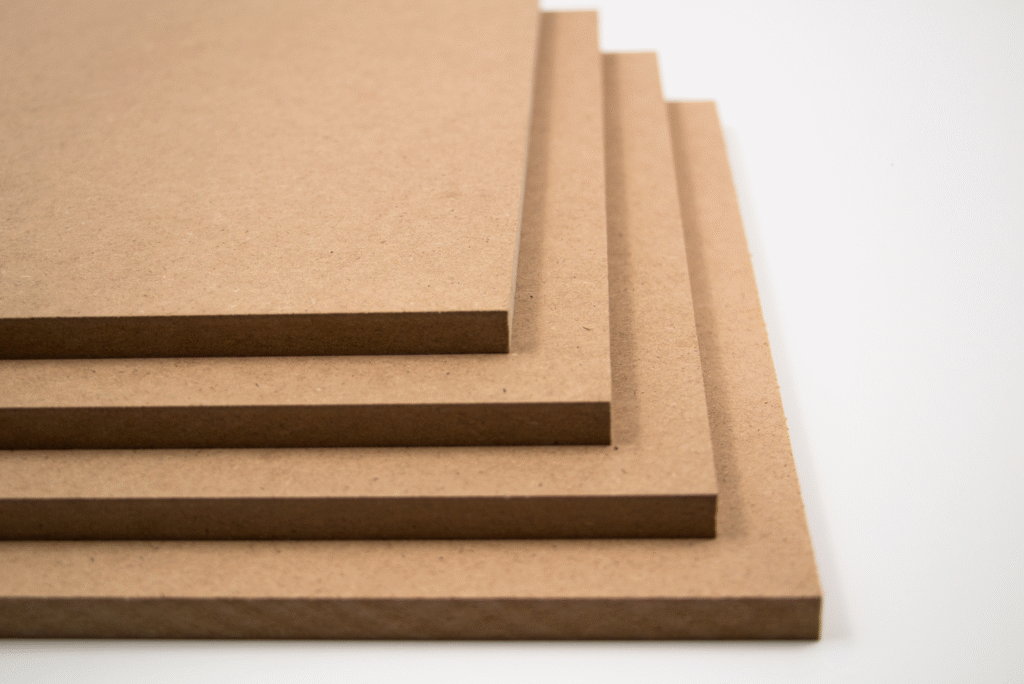
Plywood:
Constructed from multiple layers of wood veneer, plywood is known for its excellent strength and moisture resistance, making it ideal for coastal or high-humidity areas.
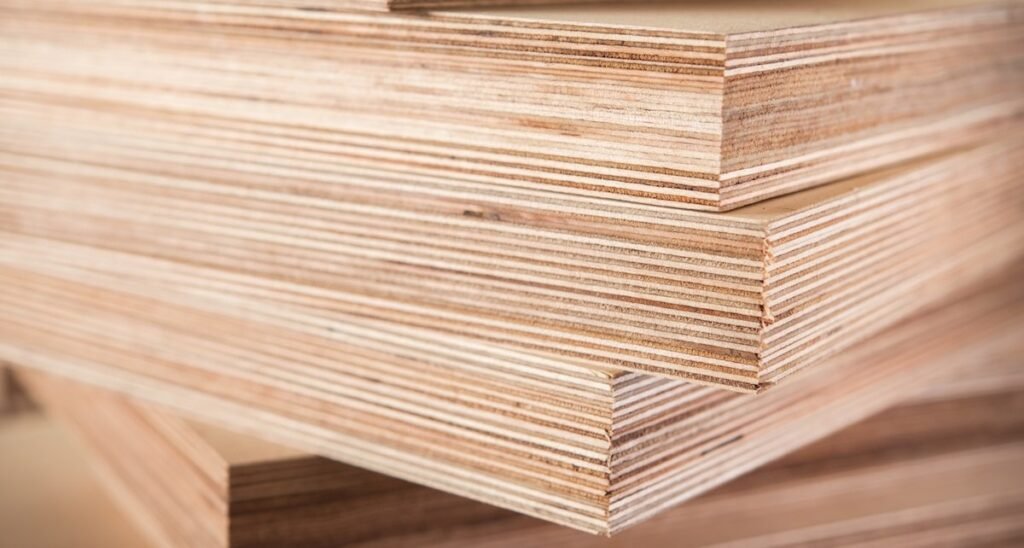
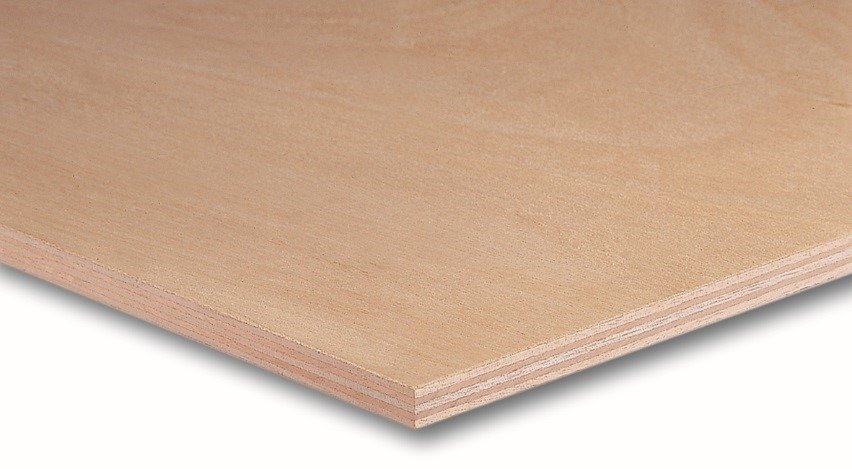
Solid Wood:
The most classic and durable choice. Solid wood offers timeless beauty and can be refinished over time. However, it is more expensive and can be susceptible to changes in humidity, which may cause minor warping.
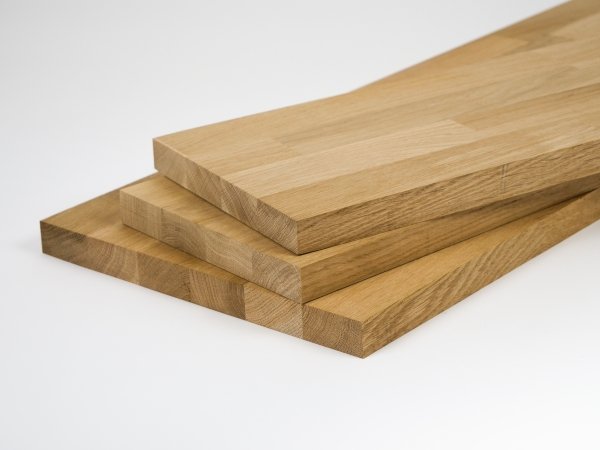
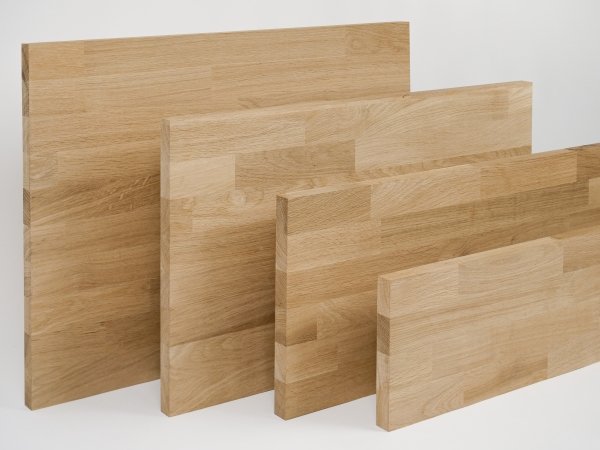
OSB (Oriented Strand Board):
A durable and dimensionally stable board made from compressed wood strands. It can be used for cabinet frames and has a unique, rustic texture.
The finish is what you see and feel every day. Choosing the right one is crucial for both aesthetics and maintenance.
Laminate (e.g., Melamine): A durable, easy-to-clean, and scratch-resistant surface available in a huge variety of colors and wood grains. It’s a great value for money and perfect for modern, sleek designs.
PET (Polyethylene Terephthalate): Known for its high-end finish, available in both High-Gloss and Super Matte (Fenix) options. High-gloss is fantastic for kitchens, as it’s easy to wipe clean. Super matte offers a velvety-smooth, fingerprint-resistant feel, perfect for a contemporary, minimalist bedroom or living room.
Thermolaminated / Vinyl Wrap: A versatile option that allows for intricate designs and profiles, from classic shaker to elaborate European styles. It’s durable and cost-effective but can be vulnerable to scratches.
Painted (Spray Paint): Offers unlimited color choices and a smooth finish. It’s ideal for custom colors and can create any look from classic to modern.
Solid Wood Veneer: Gives you the authentic look and feel of solid wood at a more accessible price point. It showcases the natural grain and texture of real wood, providing a luxurious and timeless feel.
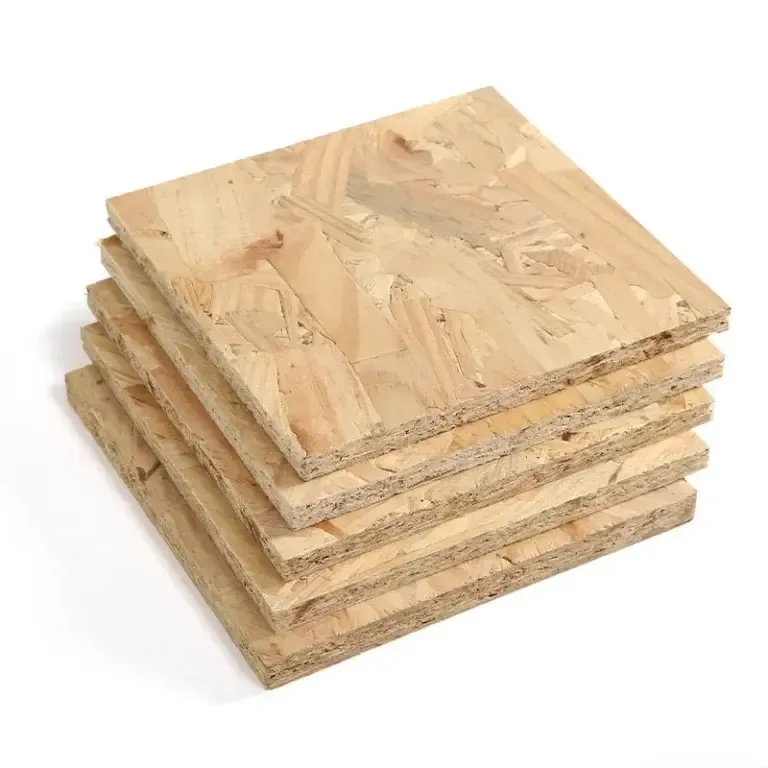
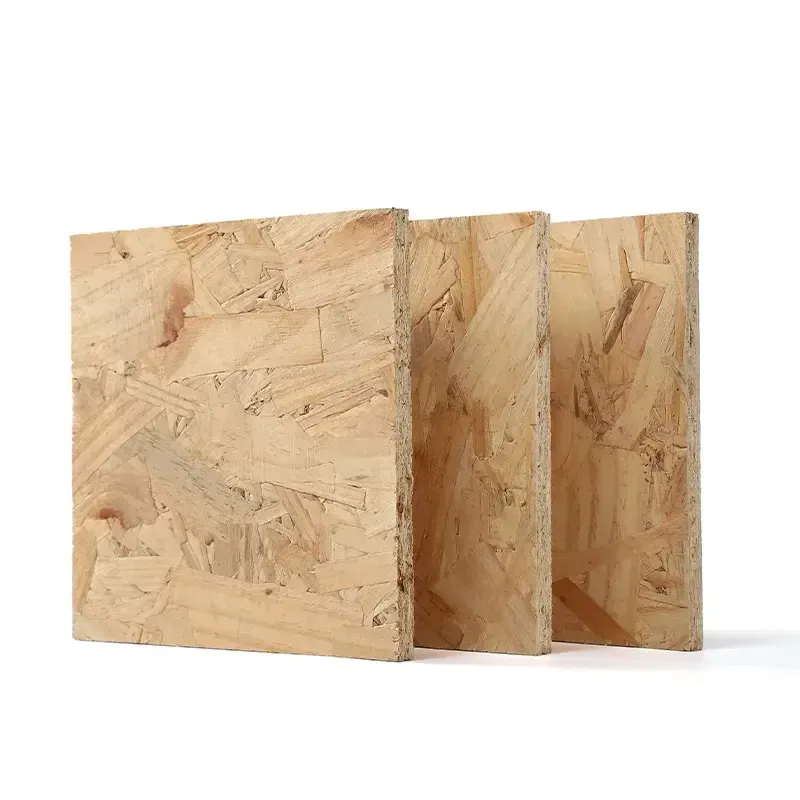
In today’s world, the quality of air in our homes is a top priority. When choosing materials, always ask for environmental and health certifications.
European Standards: Look for certifications like E0 or E1, which indicate low formaldehyde emissions. These are widely recognized and a good benchmark for health and safety.
FSC Certification: This ensures that the wood used comes from responsibly managed forests.
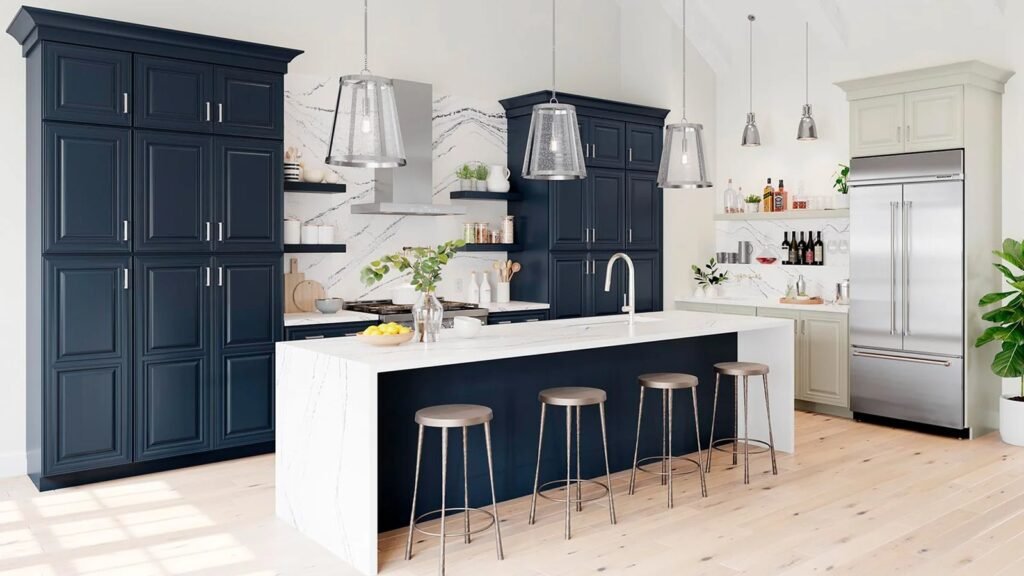
Don’t underestimate the importance of hardware. High-quality hinges and drawer slides ensure your cabinets work smoothly and last for decades.
Top International Brands: Brands like Blum, Hettich, and Hafele are industry leaders known for their superior quality, innovative soft-close technology, and lifetime warranties.
Quality Alternatives: Many other reputable brands offer excellent performance. Look for products with smooth operation, solid construction, and reliable warranties.
Before you sign any contract, be sure to have clear answers to these key questions.
Thickness: What is the thickness of the cabinet carcass and doors? 18mm is a standard for quality and durability.
Warranty: What is the warranty period and what does it cover?
Pricing: How is pricing structured? Are handles, lighting, and special features (e.g., pull-out drawers, glass doors) included in the quote or are they extra costs?
Finishing Details: For any appliance cut-outs or special installations, how will the final finishes be handled?
Communication: Who will be my point of contact throughout the design and installation process? Make sure to review all drawings and plans multiple times.
These are common dimensions to help you visualize your space, but a professional designer will tailor everything to your specific needs.
Base Cabinet Depth: 600mm (standard)
Countertop Height: 800mm – 1000mm (your designer can create different heights for cooking and washing for better ergonomics)
Wall Cabinet Depth: 300mm – 350mm
Wall Cabinet to Countertop Height: 700mm – 750mm
Closet Depth: 600mm (standard)
Long Hanging Section: 1300mm – 1500mm
Short Hanging Section: 850mm – 1100mm
Shelf Spacing for Folded Clothes: 350mm – 500mm (Tip: Add more hanging space! Most people hang more clothes than they fold.)
Disclaimer: These dimensions are for general guidance. Always work with your designer to create a custom solution that fits your unique space and lifestyle.
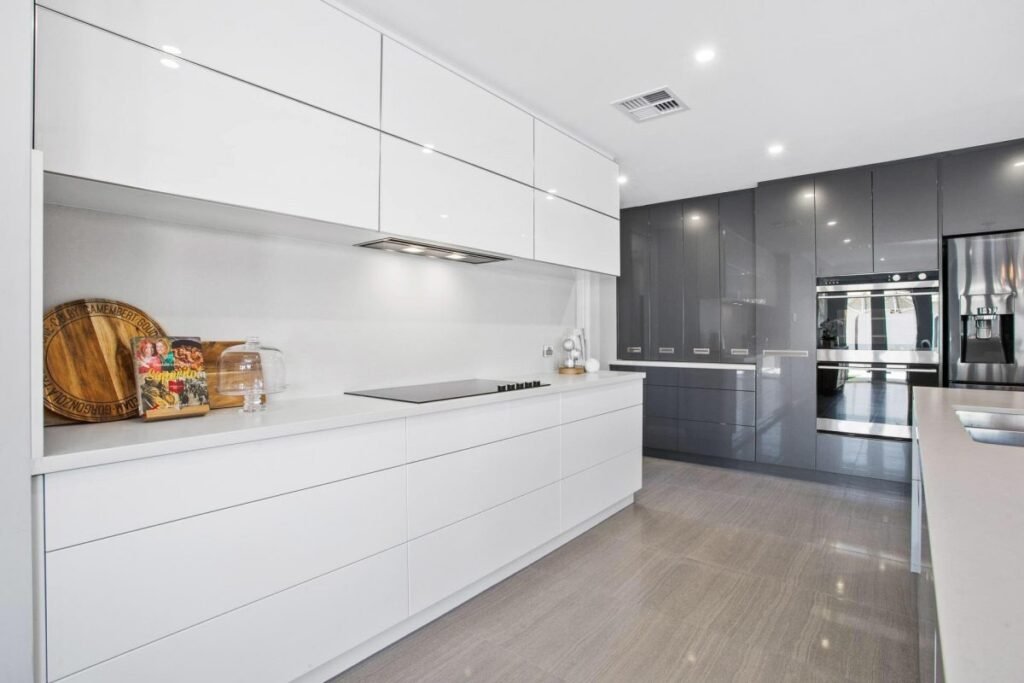
Hangzhou DecorVista Cabinet
86-158-6813-1904
decorvistacabinet@gmail.com
Floor 2, Block 3,No.589 Shixiang Road, Gongshu district, Hangzhou City, Zhejiang Province, China
